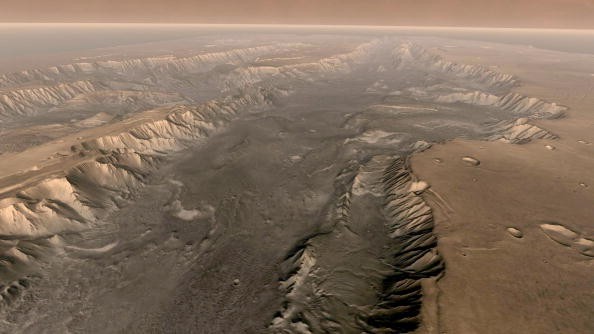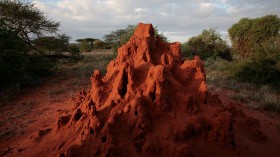
Space explorations and researchers have been studying Mars for the potential existence of life. Rock samples from the planet have been instrumental in unlocking discoveries from Mars.
A new study unveiled that the seismic waves could help decipher the planet's interior and could provide insights into the planet's formation and evolution.
The NASA Solar System Exploration explained that Mars had been an explored solar system planet. Explorations over Mars have been important in deciphering the said planet's mysteries. Amazingly, NASA noted that Mars has two moons, Deimos and Phobos.
Mars is said to be a rocky planet with extinct volcanoes. Unlike Earth, the said planet has a thin atmosphere with small in water vapor and oxygen.
Seismic waves
The new study was published in Science journal on October 27, 2022. It is also available to read on the Phys.org website. The findings could offer new insights to other researchers investigating Mars.
According to the study, researchers managed to observe the surface waves on Mars, which could help understand the planet's evolution and formation.
With the impact of two large meteorites on Mars, the researchers managed to observe the marsquakes. The researchers teamed up with NASA's InSight, ETH Zurich, InSight Science Team, and University of Maryland researchers.
Also Read: Merging of Galaxies Rare Image Captured with Astronomers' James Webb Telescope
The study's lead author, Doyeon Kim, explained that it would be the first time seismic waves were observed, except on Earth. Kim is a senior assistant at the ETH Institute of Geophysics and a visiting assistant professor at the UMD Department of Geology.
The researchers observed the seismic waves on the planet's surface in December 2021 from the two meteorites impacting Mars. The researchers then compared the quake readings for a potential impact on the planet's surface.
The researchers pointed out that planetary crusts might have been modified due to disastrous events, including erosion, volcanism, and sedimentation.
Moreover, the study explained that the planet's crusts would contribute to better analyzing the planet's formation even billions of years ago. With this, it could help studies to find clues on how the planet Mars formed and evolved.
Formation and evolution
The study's co-author, Vedran Lekic, added that the surface waves could offer a better understanding of the crust on Mars, adding that the planet's other locations could have different crusts. Lekic is also an associate professor of Geology at UMD.
The surface waves allowed researchers to understand the planet better. The study examined the surface waves' velocity from the two meteorites colliding on mars.
Then, the researchers analyzed the relationship of the surface velocity, dept, and frequency to figure out the properties of the crust three to 1.86 miles below Mars's surface.
Meanwhile, Professor Lekic added that Mars sharply contrasts with the Southern and Northern Hemispheres. He explained the following:
- The southern is old, heavily crated, and has high topography.
- On the other hand, the northern part shows to be volcanic, having few caters and low-lying.
Related Article: NASA Rover catches Amazing Image of Cat Loaf Rock on Mars.
For more similar, don't forget to follow Nature World News.
© 2024 NatureWorldNews.com All rights reserved. Do not reproduce without permission.





